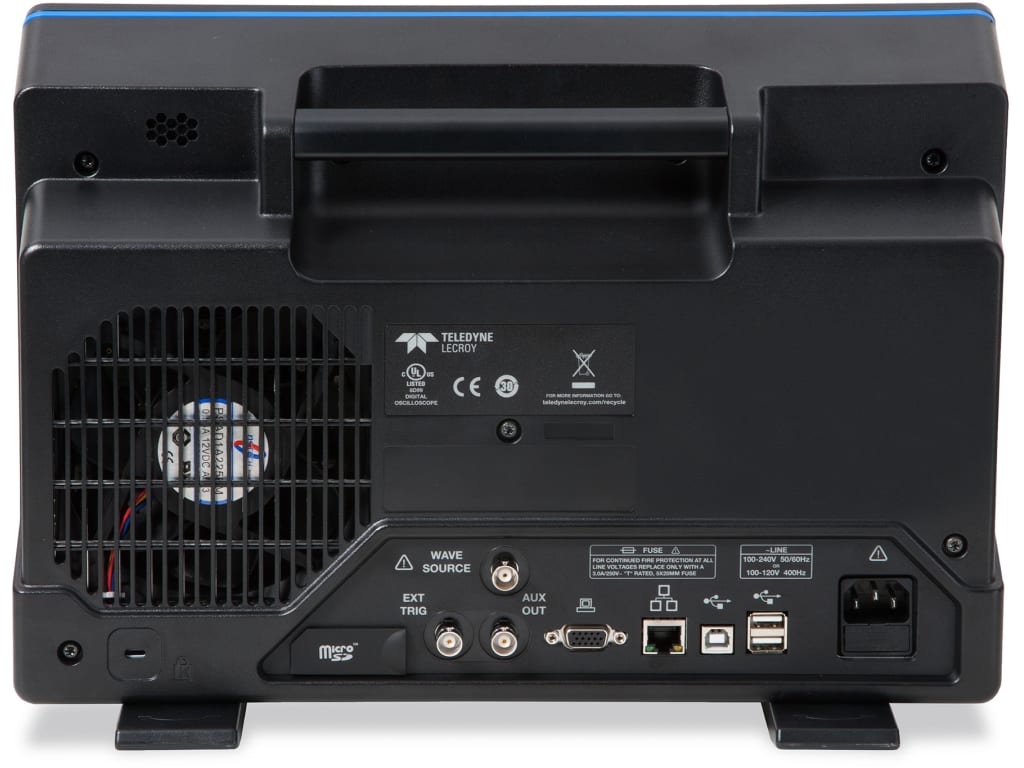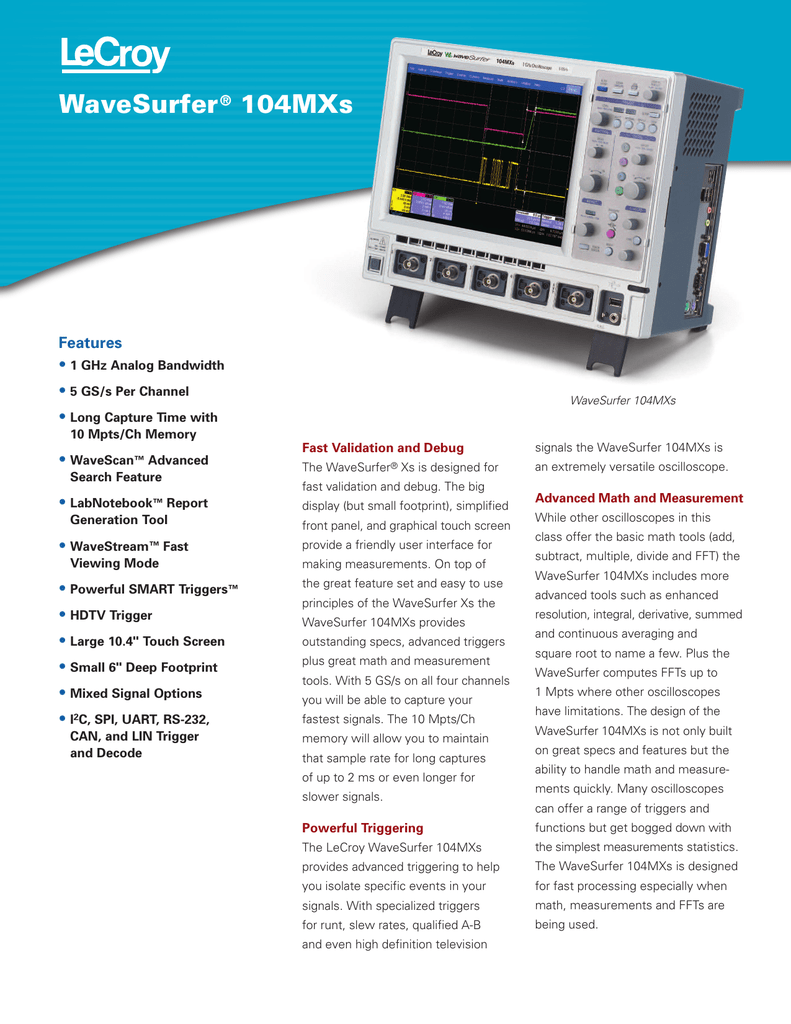

fusion yield), but also the hybridoma growing rate electrofused cells grew more vigorously than the ones fused with PEG 11. Electrofusion in comparison to PEG fusion improved not only the number of fused cells obtained (i.e. Nevertheless, cell fusion based on cell membrane electroporation – electrofusion – was suggested as a more efficient technique 11, 12, 13. Initially, in hybridoma technology polyethylene glycol (PEG) was used for cell fusion and in some laboratories it is still the most preferable fusogen 10.


Myeloma cells were selected for their ability to grow in culture, since B lymphocytes do not survive outside their natural environment. However, the first and most known application of cell fusion is production of monoclonal antibodies in hybridoma technology, where hybrid cell lines (hybridomas) are formed by fusing specific antibody-producing B lymphocytes with a myeloma (B lymphocyte cancer) cell line 8, 9. Artificially induced fusion can be used to investigate and treat different diseases, like diabetes 1, 2, 3, regenerate axons of the central nerve system 4 and produce cells with desired properties, such as in cell vaccines for cancer immunotherapy 5, 6, 7. Based on our results we expect that ns pulses can improve fusion yields in electrofusion of cells with different size, such as myeloma cells and B lymphocytes in hybridoma technology.Ĭell fusion is of interest not only as an essential process in cell biology, but also as a useful method in biotechnology and medicine. We then confirm experimentally on B16-F1 and CHO cell lines that electrofusion of cells with either equal or different size by using ns pulses is indeed feasible. the target areas), regardless of the cell size. Using numerical calculations we demonstrate that ns pulses can induce selective electroporation of the contact areas between cells (i.e. We here propose a new and innovative approach to fuse cells with shorter, nanosecond (ns) pulses. However, electrofusion yields are very low when fusion partner cells differ considerably in their size, since the extent of electroporation (consequently membrane fusogenic state) with conventionally used microsecond pulses depends proportionally on the cell radius. That’s all folks please don’t forget to checkout wavesurfer docs, before using it.Electrofusion is an efficient method for fusing cells using short-duration high-voltage electric pulses. Overall, i will say that this is a really great javascript library, that does the job with a very minimal setup process. Better controls can also be added to look a lot nicer. Wavesurfer can be customized in a number of ways you can also add many plugins, plugins like spectrogram plugin, playlist plugin, etc. There are a number of ways to serve static assets to your rails app, i wanted to do it quickly so, i added them directly from wavesurfer’s CDN to my audio files’ show page. If i wanted to make this app for production, i would have added file validations, direct uploads and all of those other features as well. I kept everything very simple and went just with the barebones. Since this app was just for testing, so i didn’t add any file validations, direct uploads or anything of that sort. I used active storage to handle file uploads, it has a “audiofile” model with and attachment of “audio_data”. To test wavesurfer, I created a basic web app, that allows users to upload audio files and then stream them on the fly. This javascript library is a very cool way to visualize audio files especially if you a music streaming app or any other app that has an audio player associated with it. Wavesurfer also comes with its own audio player, so no additional HTML5 audio player is required. It’s very similar to the ones that you can find on soundcloud and other music streaming sites. Wavesurfer is a javascript library to analyze audio files and create an audio spectrum.


 0 kommentar(er)
0 kommentar(er)
